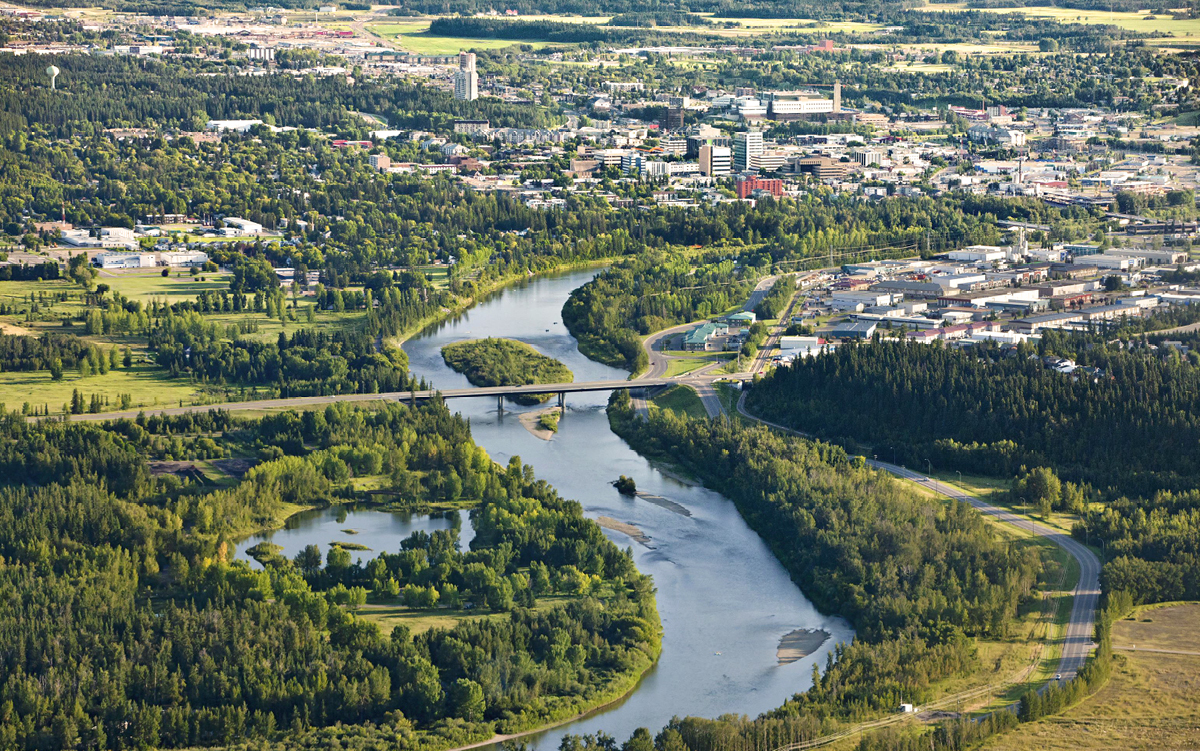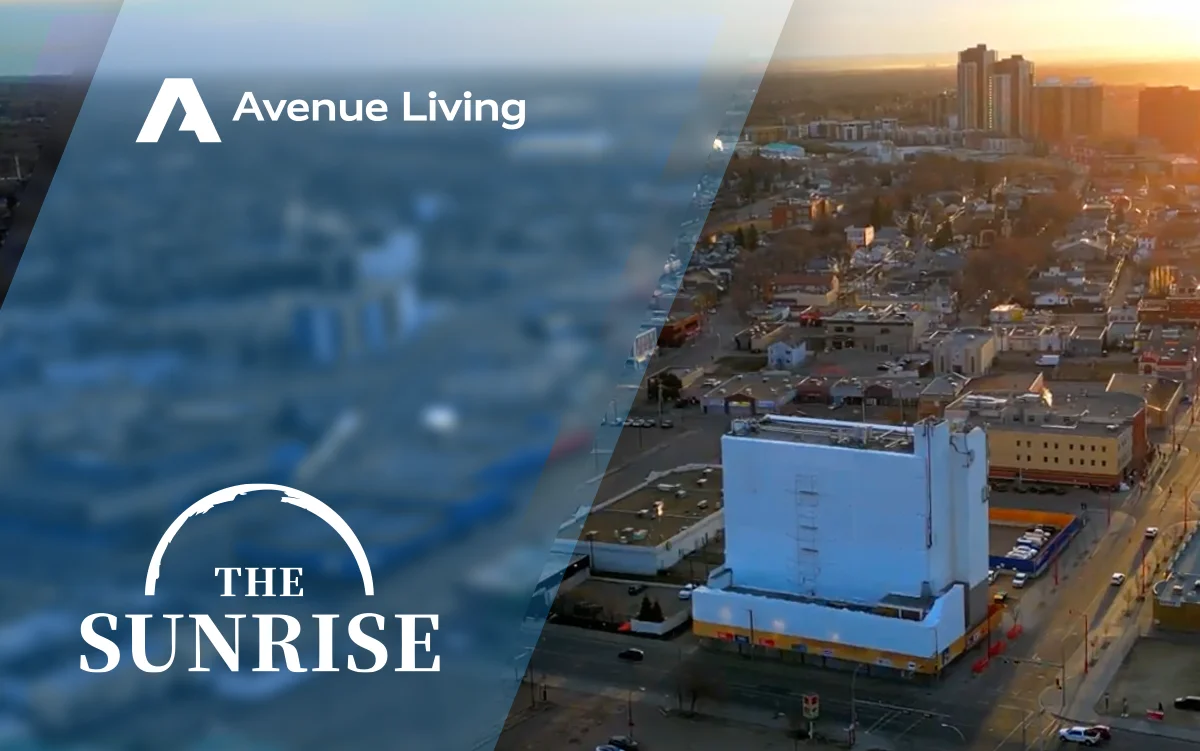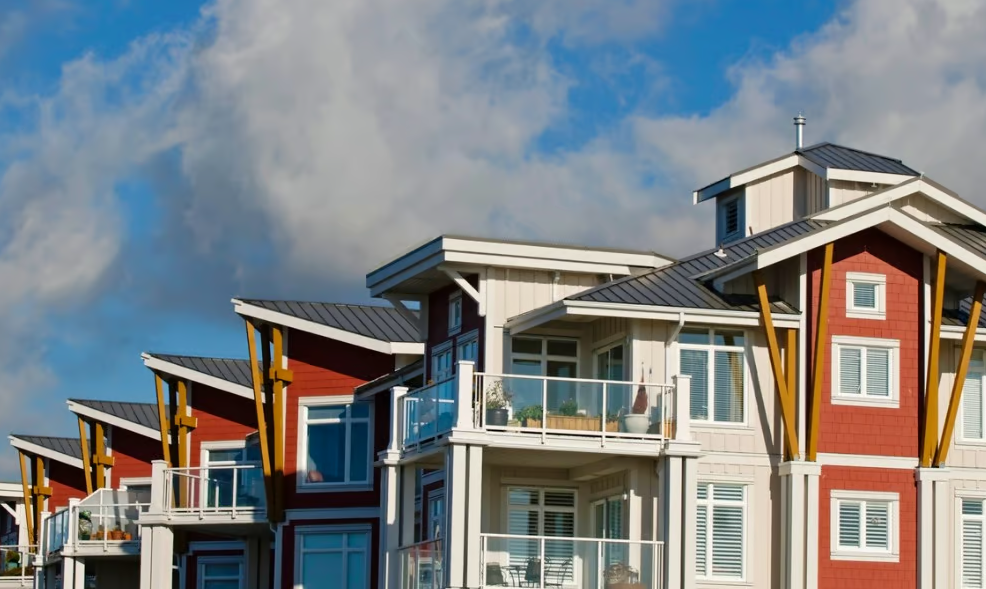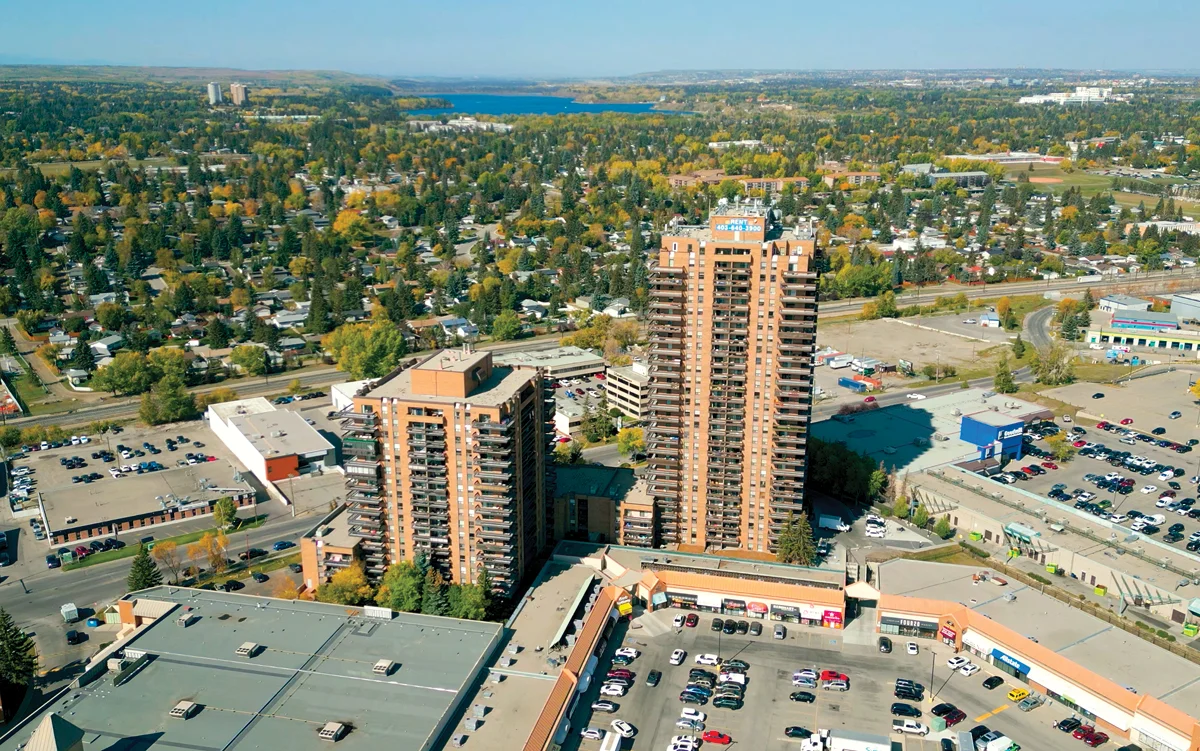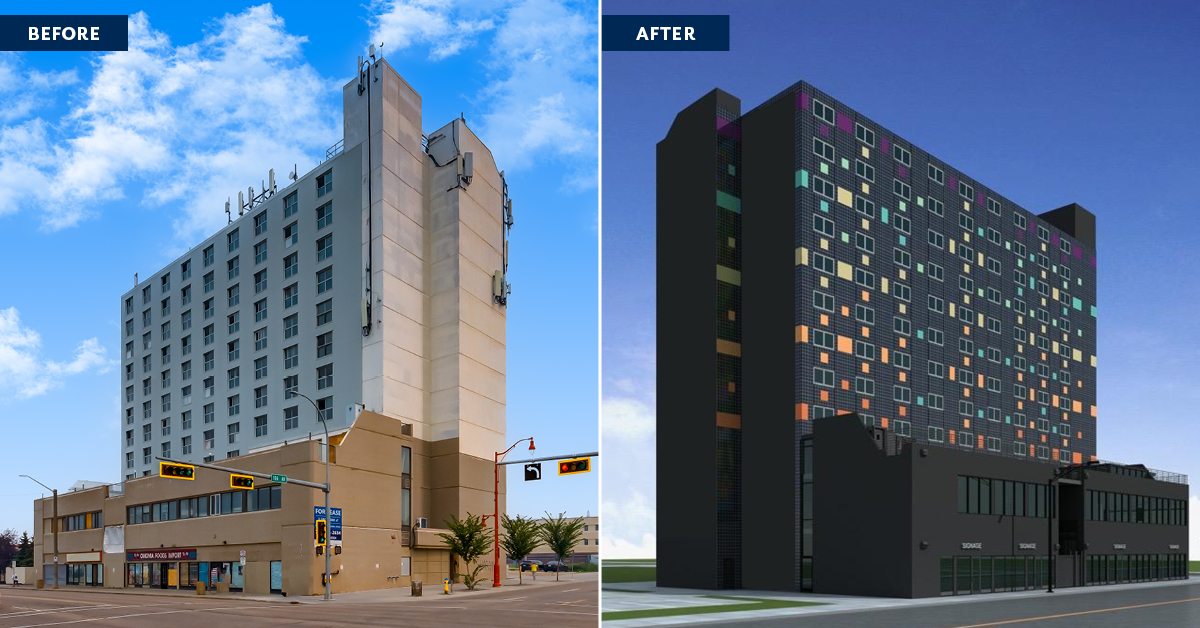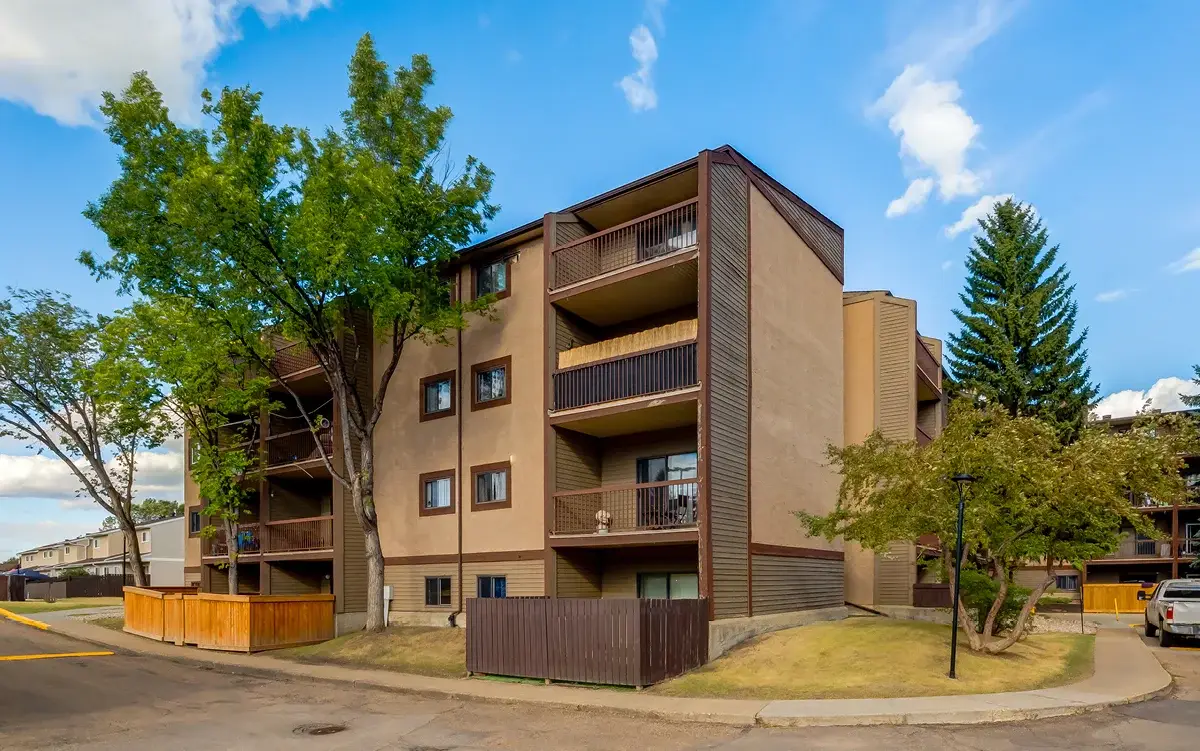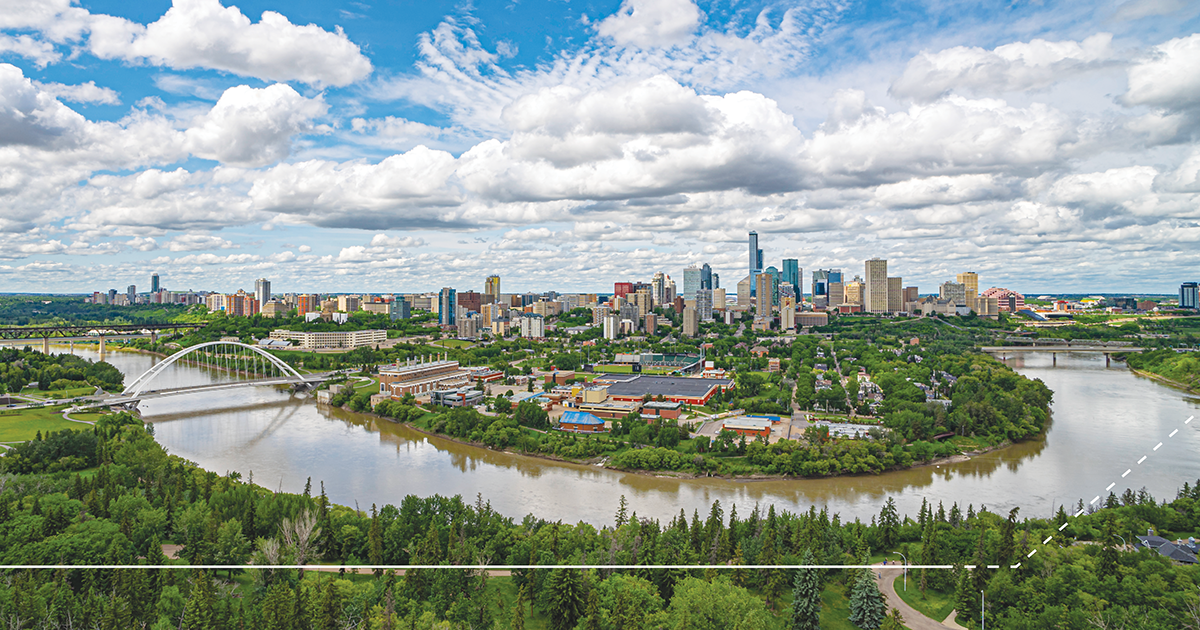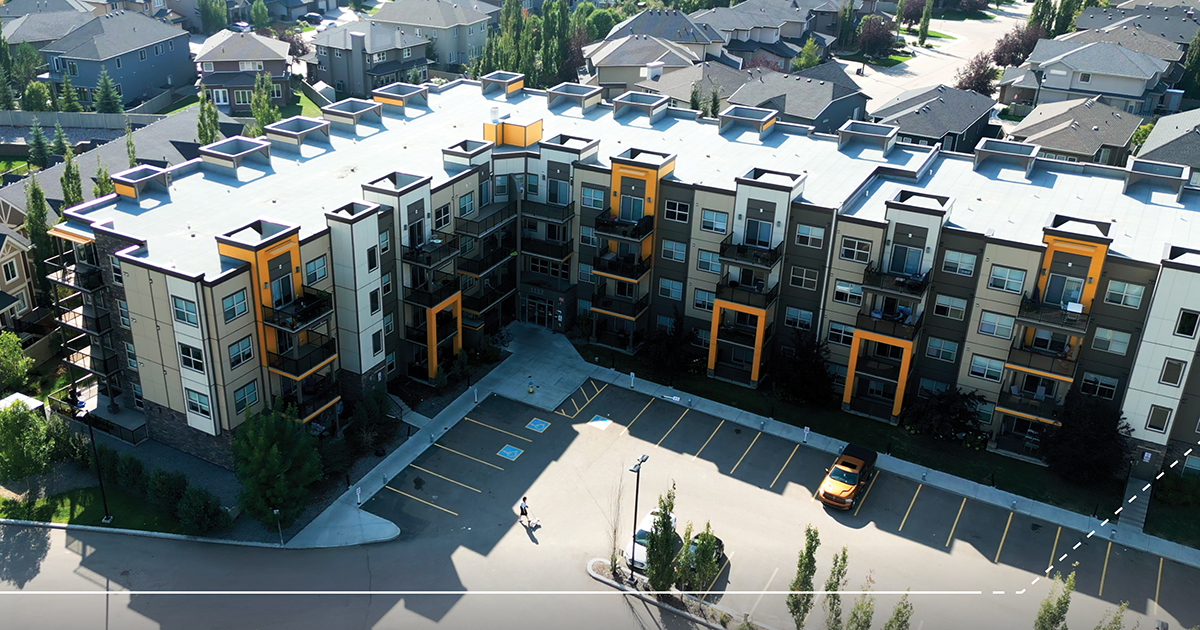As Alberta’s fourth largest city, Red Deer enjoys a solid reputation as an attractive choice for individuals seeking a balance of affordability and quality of living. Incorporated in 1913, the Albertan city has solidified its reputation for growth and prosperity over the years. Avenue Living’s history with this thriving hub is built on a deep understanding of the city’s market dynamics, economic strength, sustained growth, and unique appeal to residents and investors.
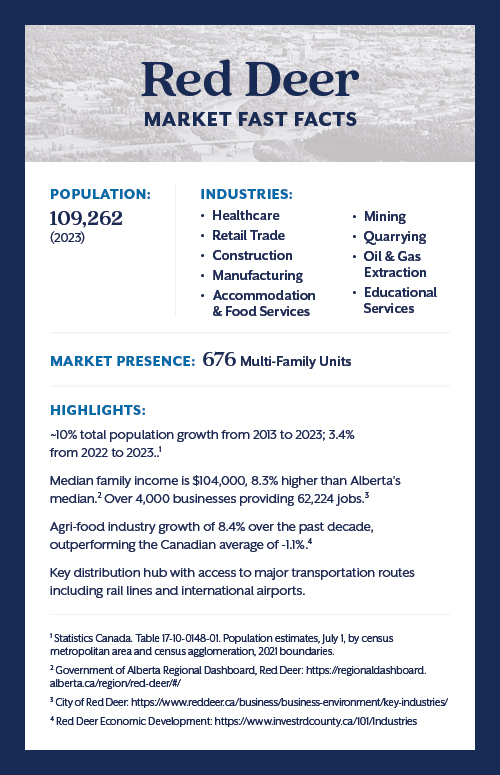
Population growth
In recent years, Red Deer has experienced sustained population growth. From 2013 to 2023, the city’s population increased by approximately 10%, with a considerable 3.4% growth from 2022 to 2023. 1 This upward trend shows no signs of slowing as the province welcomes interprovincial migrants in search of greater affordability and work-life balance than Canada’s other major metropolitan areas.
As the population has increased, rental demand has outstripped supply, evidenced by a stark decline in vacancy rates from 8.2% in 2020 to just 0.9% in 2023, as total population growth significantly outpaced the increase of purpose-built rental units (1.5%) over the same period.1,2
Strong economy
Red Deer has a solid overall economy with a high median family income of $104,000, which is 8.3% higher than Alberta’s median family income of $96,000.3
The city’s diverse economy includes over 4,000 businesses, providing 62,224 jobs. Employment is anchored by key industries such as health care, retail trade, construction, mining, quarrying, oil & gas extraction, accommodation and food services, manufacturing, and educational services.4
Additionally, Red Deer is a vital agriculture and agriculture processing centre, a nod to the region’s historical farming roots. The agri-food industry in Red Deer grew by 8.4% over the past decade, far outstripping the Canadian average of -1.1%.5
Red Deer is also a prime distribution hub for Central Alberta and is home to retail, wholesale, and distribution services. Its position on major transportation routes, including Highway #2, CN and CP rail lines, and its proximity to airports in nearby centres further enhances its economic appeal and cements its position as an important economic centre that is well-poised for growth.5
Investment appeal
Avenue Living maintains a strong market presence in Red Deer, with 676 suites across in-demand neighbourhoods. Being well-established in the area has enabled us to readily absorb acquisitions into our existing management platform.
Life in Red Deer
Education, a core pillar of the municipality’s motto, emerges as a clear priority with the city’s extensive offerings. The Red Deer Public School District has 16 elementary, seven middle, three high, and three alternative schools, along with Christian Alternative, French Immersion, and Spanish Bilingual Programs. Numerous private schools, vocational schools, and local colleges like Red Deer Polytechnic provide additional opportunities for students.
Healthcare is just as robust, with the Red Deer Regional Hospital and several other health centres offering residents a wide range of services. The city also features four libraries with programs and events for all ages. Red Deer also boasts an extensive transit system and over 100 km of multi-use trails for walking, running, rollerblading, and cycling. The city’s focus on building strong neighbourhoods through initiatives encouraging connections and community is deeply aligned with our core values.
With significant population growth, a robust economy, and increasing demand for rental properties, Red Deer is home to ample opportunities. Avenue Living’s established presence in Red Deer underscores our confidence in its future, supported by a deep understanding of the local market and community. As we continue to invest in this dynamic city, we look forward to contributing to and benefiting from Red Deer’s ongoing success and development.
Sources:
(1) Statistics Canada. Table 17-10-0148-01. Population estimates, July 1, by census metropolitan area and census agglomeration, 2021 boundaries.
(2) CMHC Rental Market Survey
(3) Government of Alberta Regional Dashboard, Red Deer: https://regionaldashboard.alberta.ca/region/red-deer/#/
(4) City of Red Deer: https://www.reddeer.ca/business/business-environment/key-industries/
(5) Red Deer Economic Development: https://www.investrdcounty.ca/101/Industries
